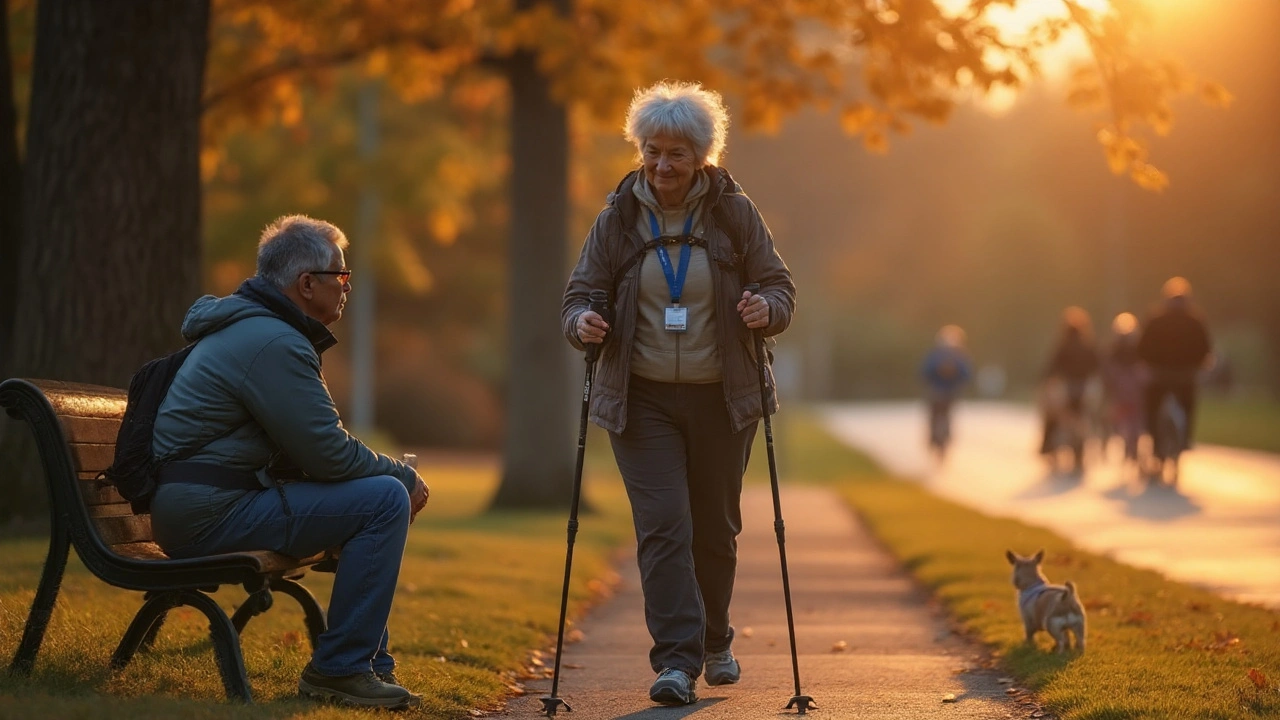Simple COPD Exercise Ideas to Improve Breathing and Stamina
If you have COPD, moving your body might feel like a chore, but the right exercises actually make it easier to breathe. Think of activity as medicine – each step helps keep lung tissue flexible and muscles strong enough to support your chest. The key is to start slow, listen to your body, and stay consistent. Below are practical tips you can fit into daily life without needing a gym membership.
Why Exercise Matters in COPD
People with COPD often avoid activity because shortness of breath scares them. That avoidance weakens the diaphragm and leg muscles, which then makes everyday tasks feel harder. Regular movement reverses that cycle. Light cardio boosts oxygen delivery, while strength work helps you stand up from a chair or climb stairs without gasping.
Research shows even 20 minutes of moderate activity three times a week can lower flare‑up risk and improve mood. You don’t have to run marathons – walking at a comfortable pace, gentle cycling on a stationary bike, or water aerobics are all proven choices. The goal is to raise your heart rate just enough to feel warm, not exhausted.
Easy Exercises to Try at Home
1. Warm‑up walk: Start with five minutes of slow walking around your living room or down the hallway. Swing your arms naturally; this helps open up the rib cage.
2. Seated marching: Sit in a sturdy chair, lift one knee high, then the other, as if you’re marching. Do 1‑minute rounds, rest, and repeat three times. This works the leg muscles without stressing your joints.
3. Pursed‑lip breathing: Inhale through the nose for two counts, then exhale slowly through pursed lips for four counts. Practice this while sitting or standing; it reduces breathlessness during activity.
4. Wall push‑ups: Stand an arm’s length from a wall, place palms on it, and bend elbows to bring your chest toward the surface. Perform 10 repetitions, rest, then repeat two sets. This builds upper‑body strength that supports breathing muscles.
5. Step‑up routine: Use a low step or sturdy stool. Step up with one foot, bring the other to meet it, then step down. Alternate leading legs for 1‑minute intervals. Keep your posture upright – shoulders back, chin slightly tucked.
Finish each session with a few minutes of slow breathing and gentle stretching. Stretching the chest, neck, and shoulders eases tension that can worsen shortness of breath.
Remember to monitor how you feel. If you get wheezy or dizzy, pause, sit down, and practice pursed‑lip breathing until you’re comfortable again. Over time your endurance will improve, and those warning signs will happen less often.
Make exercise a habit by tying it to something you already do – watch a favorite TV show while walking in place, or listen to music during step‑ups. Consistency beats intensity when managing COPD. With these simple moves, you’ll notice better breathing, more energy, and a brighter outlook on daily life.
